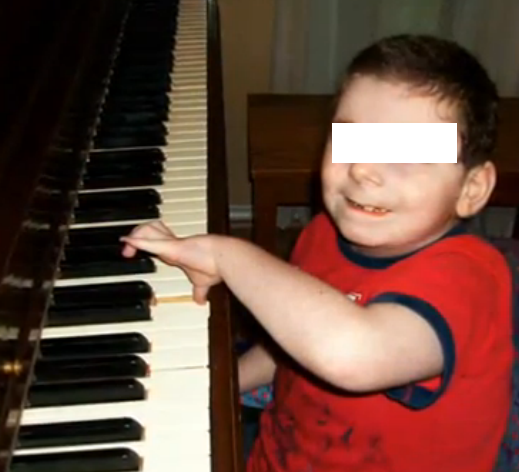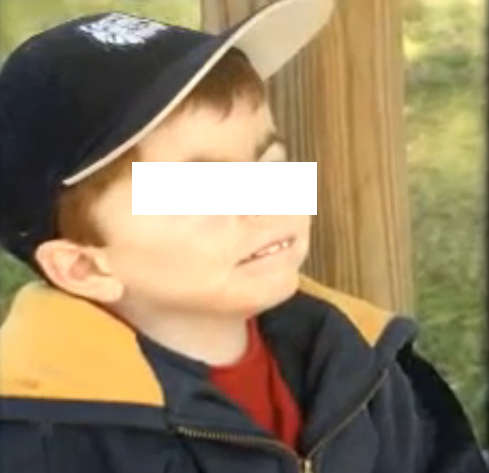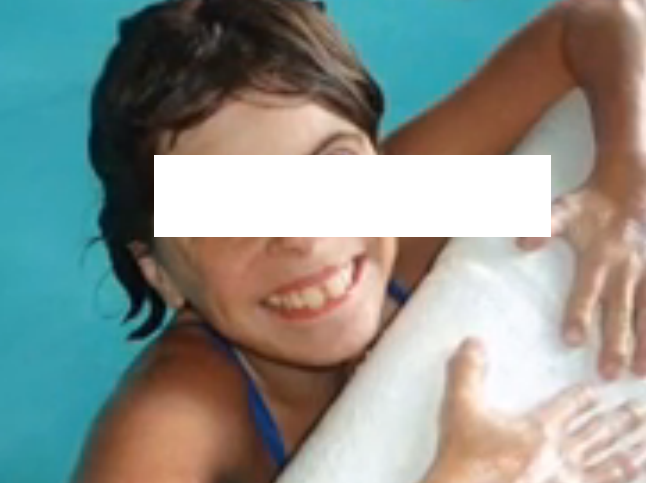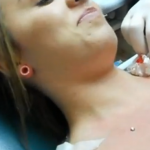What is Cornelia de Lange Syndrome?
It is a genetic disorder that is characterized by severe developmental problems. The abnormal condition is also known as Bachmann-de Lange syndrome or Amsterdam dwarfism. In most cases, children with Cornelia de Lange Syndrome typically experience deficits in physical and intellectual development. The anomalies associated with the disorder are visible from birth.
A majority of individuals suffering from Cornelia de Lange Syndrome may not have it passed on in the family. However, it is possible for some patients to have a sibling or other members of the family to be affected by the disorder. Doctors are not aware about the precise rate of occurrence for Cornelia de Lange Syndrome. It is however believed that the syndrome affects an estimated one in every twenty to thirty thousand individuals.
Certain specific abnormalities related to Cornelia de Lange Syndrome were first reported by W. Bachmann in the year 1916. The symptoms were however fully described by a Dutch pediatrician namedCornelia de Lange in 1933, and hence the disorder has been named after him. Research indicates that genetic errors and defects in chromosome 5 are most likely causes of Cornelia de Lange Syndrome.
There is known cure for Cornelia de Lange Syndrome. Treatment is focused on alleviation of the symptoms as well as prevention of any medical complications.
Symptoms of Cornelia de Lange Syndrome
Cornelia de Lange Syndrome is a congenital disorder and hence most of the signs and symptoms are noticeable at birth. They are discussed below.
Facial features
A few distinctive facial characteristics associated with Cornelia de Lange Syndrome are listed below:
- The eyebrows are striking and very distinctive. They have an arched appearance and may nearly touch each other.
- The eyelashes tend to be curly and long
- The upper jaw may project out and/or the lower jaw may be smaller than normal
- Lower than usual back and front hairlines
- Relatively thin lips may be present
- An upturned nose, or a nose that faces upwards
- A downward slanting/facing mouth
Physical symptoms
Some of the abnormal physical symptoms associated with Cornelia de Lange Syndrome may be seen at birth, or they may develop with an increase in the age of the affected child. The physical symptoms include:
- The head may be abnormally small
- A shorter than usual neck is apparent
- Problems of the eye may be present along with vision difficulties.
- The infant may have excessive body hair. As the child with Cornelia de Lange Syndrome grows older, the body hair will eventually thin.
- The hands may also show varied defects such as very tiny hands, an inward bend of the little fingers, and/or missing fingers
- Affected newborns may be extremely small in size after delivery. They may have a premature birth. Babies may also elicit muscles that are tensed up, a cry with a very low pitch, as well as difficulties in feeding.
Cardiac abnormalities
Defects of the heart may be present in infants with Cornelia de Lange Syndrome.
- A number of studies have indicated that an estimated twenty to thirty percent of affected children experience congenital heart diseases. The intensity of different heart abnormalities may vary from being minor faults like atrial septal defects to extreme anomalies like tetralogy of Fallot.
- The heart defects may be easily noticed in some patients, while it can be very mild or subtle in others. This can lead to delays in early and effective diagnosis of cardiac problems in children with Cornelia de Lange Syndrome.
- Some of the signs and symptoms of Cornelia de Lange Syndrome such as shorter than normal stature and failure to flourish can be associated with the occurrence of cardiac defects. Hence, parents of affected children have to consult a heart specialist for proper diagnosis of any underlying heart anomalies.
Behavioral disorders
Children with Cornelia de Lange Syndrome may also suffer from behavioral disorders which can be identified via varied symptoms such as:
- Increased aggression
- Temper tantrums
- Hyperactivity
- Impulsivity
- Inabilityto display emotions
- Self-injuriousbehaviors
- Autistic signs and symptoms
Dental problems
Many patients of Cornelia de Lange Syndrome may also exhibit different kinds of dental abnormalities such as:
- Presence of smaller than normal teeth, which can often be jam packed.
- Most affected infants experience a cleft palate. It can lead to problems in speech, feeding, swallowing, and breathing. It also poses additional risk to developing ear infections.
- Reflux can cause regurgitation of stomach acids which can cause deterioration and erosion of the teeth.
Causes of Cornelia de Lange Syndrome
Cornelia de Lange Syndrome is caused due to many different kinds of genetic mutations. A few causes as found by different studies are listed below:
- In 2004, a combined study involving researchers from the Children’s Hospital of Philadelphia, USA and Newcastle University, UK discovered that mutation of a specific gene called NIPBL in chromosome 5 causes Cornelia de Lange Syndrome.
- In 2006, Italian scientists found that mutation of a second gene called SMC1A occurring in the X chromosome was also responsible for causing Cornelia de Lange Syndrome.
- In 2007, the third type of genetic mutation responsible for causing Cornelia de Lange Syndrome was found by a research team from Philadelphia. The affected gene is called SMC3 and it occurs in chromosome 10.
Researchers believe that mutations of the 2nd and 3rd genes result in milder types of Cornelia de Lange Syndrome.
It may be noted that most instances of Cornelia de Lange Syndrome are caused by random events which result in genetic mutations. It is also however possible for the defective genes to be passed on from any of the parents. Cornelia de Lange Syndrome has an autosomal dominant pattern of inheritance which means that the disorder can occur with the passage of only one copy of the defective gene.
Treatment of Cornelia de Lange Syndrome
Cornelia de Lange Syndrome has no known cure. The different treatment options are aimed at reducing and the severity of symptoms, correcting physical and other defects, and preventing the onset of health complications.
- Heart defects and dental abnormalities can be corrected via surgery
- Speech, behavioral, and other types of developmental disorders can be corrected via speech therapy, physical therapy, and behavioral therapy.
Cornelia de Lange Syndrome Pictures






